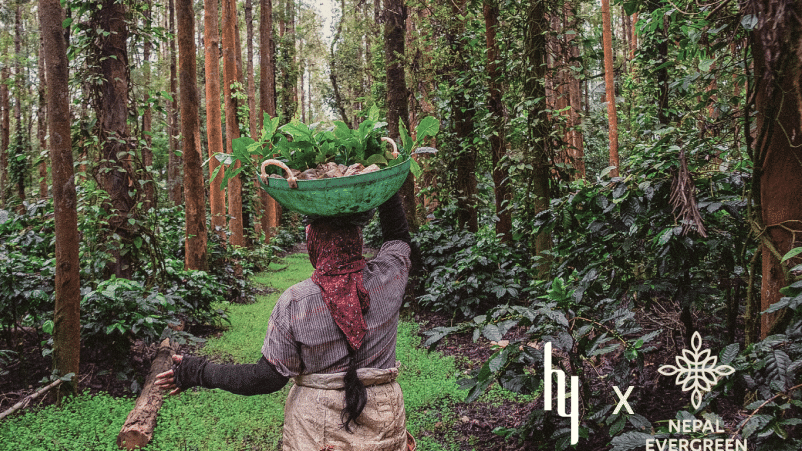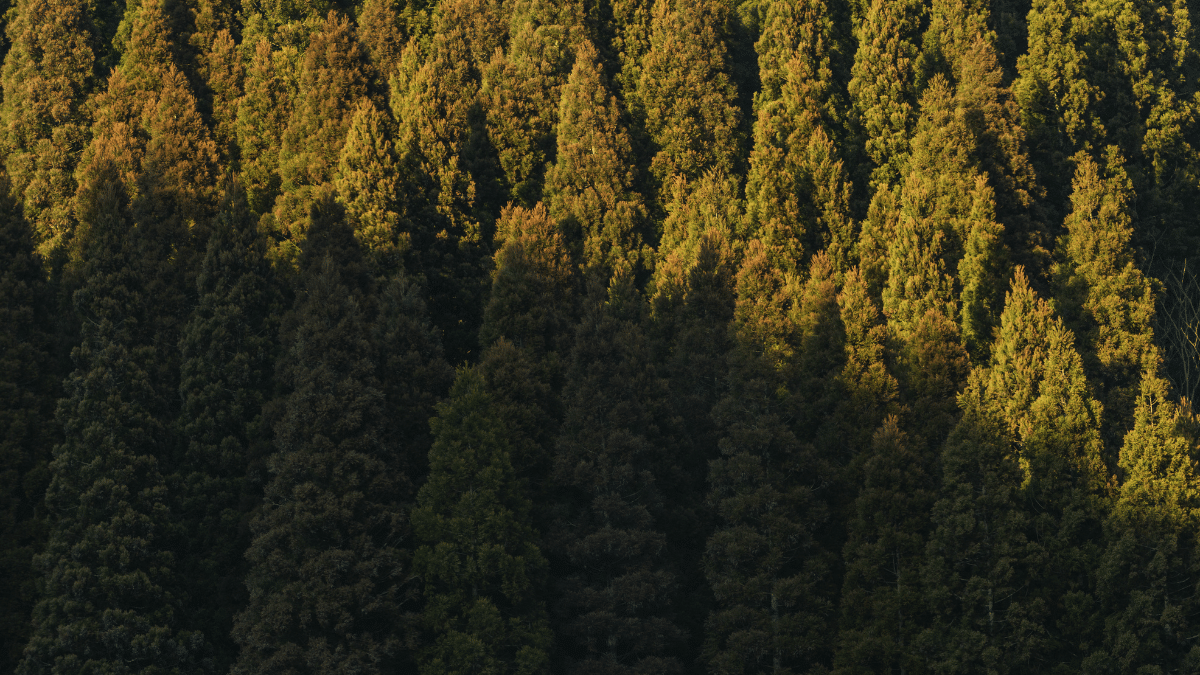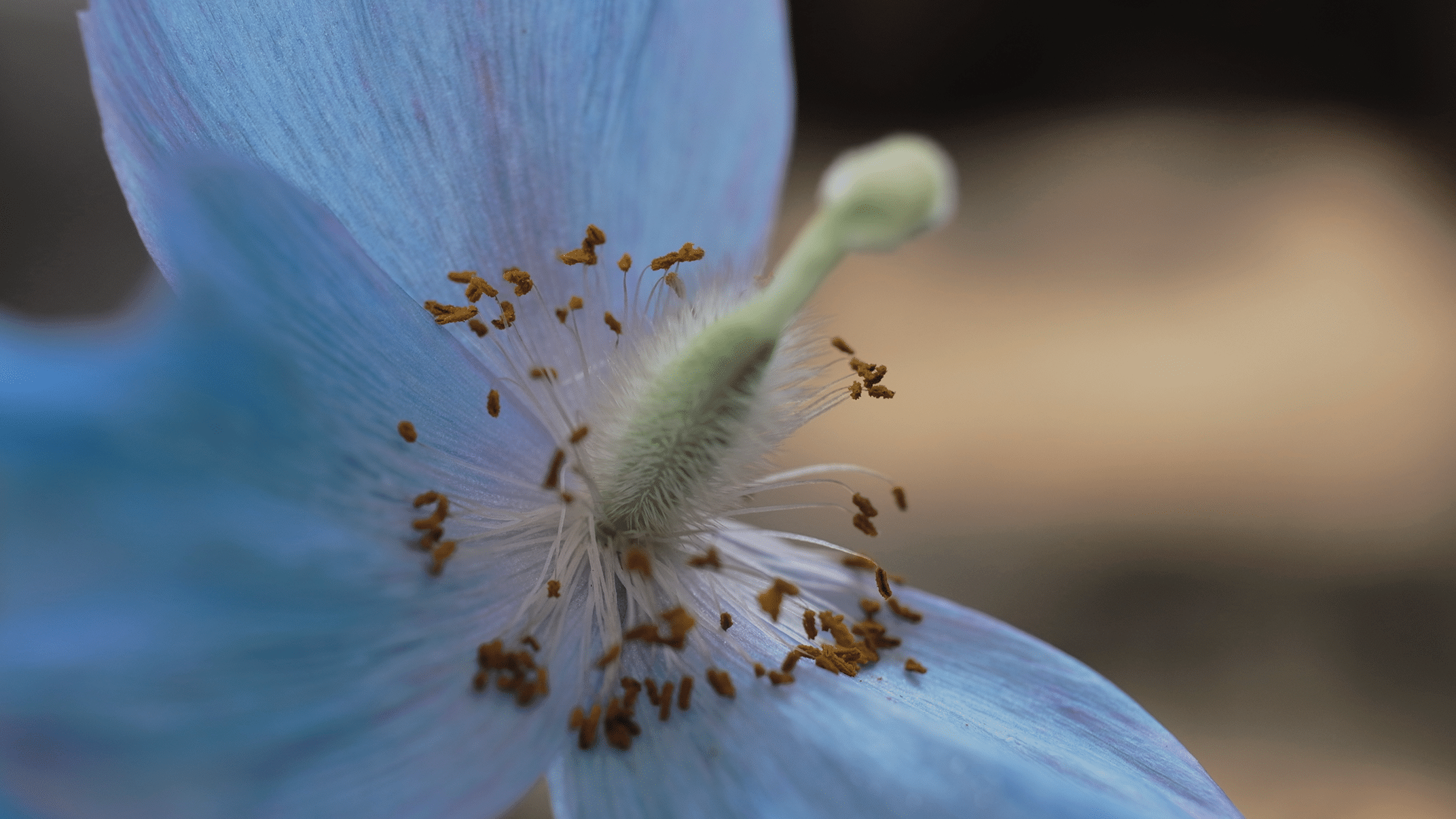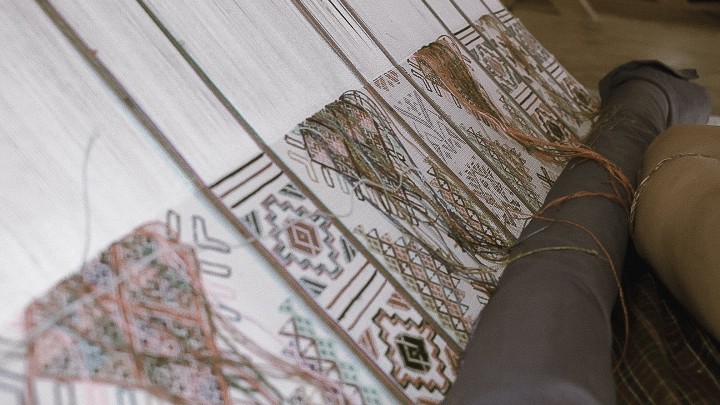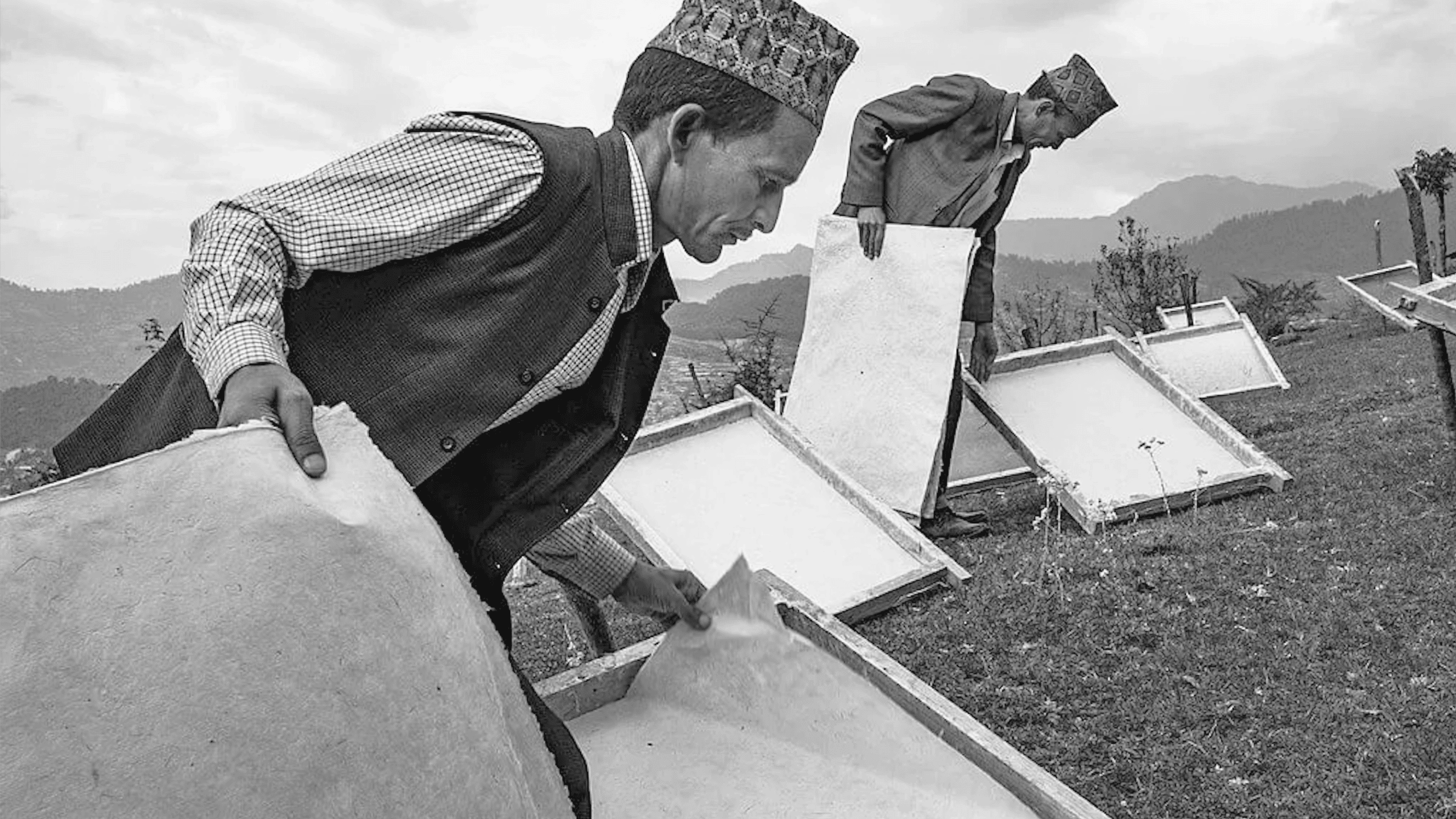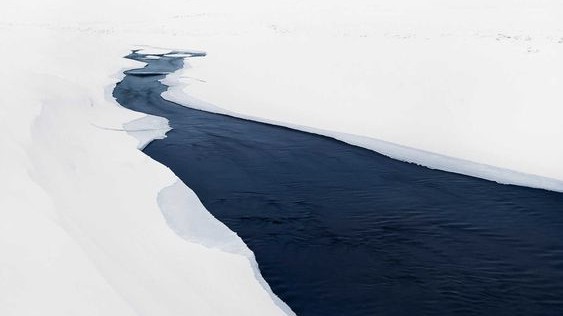In the heart of the Tibetan highlands, photographer Vincent Munier brings writer Sylvain Tesson on his quest to find the snow leopard. He introduces him to the subtle art of waiting from a blind spot, tracking animals, and finding the patience to catch sight of the beasts.
Through their journey in the Tibetan peaks, inhabited by invisible presences, the two men engage in a conversation on our place among living beings and celebrate the beauty of the world.

Often referred to as the “Ghost of the Mountains,” the snow leopard is an elusive big cat that reigns among the peaks of the Himalayas. Snow leopards act as ambassadors of the planet’s highest places and are considered sacred by the people who live there. There are as few as 4,000 snow leopards in the wild, and their numbers are declining due to habitat loss, poaching, and the impact of climate change.
The film “Snow Leopard” (French: “La panthère des neiges”), which shares its title with Sylvain Tesson’s novel, follows the author’s experiences on the Tibetan plateau with wildlife photographer Vincent Munier, director Marie Amiguet, and their assistant Léo-Pol Jacquot in search of the mysterious and endangered snow leopard. The film is not a retelling of the novel but a story of ‘seeing and being seen’ initiated and filmed by Vincent and Mary.
The group arrived in Yushu, Qinghai Province, in February, where they camped in various locations between 4,000 and 5,000 meters above sea level, often keeping watch in minus 20-degree conditions. After ten days, they had seen no snow leopards but had a rare sighting of rock sheep and Tibetan antelope. They decided to head further northwest and climb up to the southern foothills of the Kunlun Mountains to observe wild yaks.
Sylvain’s monologue in the book:
Patience is the most elegant but also the most forgotten virtue.
“The Snow Leopard” is a story of patience, where the appearance of a snow leopard holds no promise. It can all be in vain, and if the one you are waiting for eventually appears, it is the reward for the wait. Sylvain follows Vincent, occasionally opening his journal to write and draw.
In the repetition of waiting and hiding, the group also repeats their failures; the waiting seemed absurd, and the possibility of seeing a snow leopard was almost out of their control. They approach each failure with patience, as Samuel Beckett says: “Try again, fail again, fail better.”
Sylvain and Vincent are not adventurers conquering nature; rather, they are wanderers not conditioned to survive in the highlands. Sylvain and Vincent joke that not only do they have difficulty moving and breathing, but they also often wait for a long time without encountering any animals. However, they were watched by thousands of eyes at all times.
Sylvain writes in his book that meeting the eyes of an animal is like being given a key, and that behind the key there is a door with a possibility of communication. At one point, it suddenly strikes Sylvain that he has been seen by nature after all.
Just as the months of waiting draw to a close, when the snow leopard finally appeared in front of them, tears streaming from Vincent’s eyes, he froze instantly and said excitedly, “This is her gift to us; she has known we were here from the beginning.”
“The Snow Leopard” is about the fragile beauty of the world, a reflection on modernity, and a call to protect it.
Sylvain’s monologue:
In this no-man’s land, one can celebrate it, describe it, document it, even destroy it. In a time and space where there is no respect for anything, animals, humans, and gods can no longer talk to each other as equals.
Earth Day – Our Environmental Initiatives
Since 2023, HIMA JOMO has been steadfast in our pledge to plant a tree in the Himalayas for every perfume purchase made, join us in building a lush forest in the heart of the Himalayas with Nepal Evergreen.
The Travelling Jacket
In 2016, five designers from across South Asia came together to create what is now known as the traveling jacket.
The Himalayan Cedar
This majestic tree has captivated the hearts of explorers, poets, and nature enthusiasts for centuries with its enchanting presence, aromatic fragrance, and enduring qualities that make it a symbol of strength and grace.
Earth Day with a Himalayan Kingdom
Earth Day, a cherished moment that comes each year on April twenty-second, is a worldwide communion of hearts, minds, and hands, united in a shared reverence for our planet's splendour.
The blue poppy of the Himalayas
A flower that lives in the seclusion of the nature that surrounds her. Simply known as blue poppy but its colour speaks silent poetry.
Khoma, the Sound of Weaving
A collective thumping sound echoes in the village of Khoma with the wake-up call from their local roasters.
Discover Ladakh: The Land of High Passes
India is known globally for its vibrant and bustling megacities but in its northern reaches lie the mountains and valleys of Ladakh, a name that means land of high passes.
The Power of a Thangka Painting
Thangkas are a distinctly Tibetan form of art centred around religious figures and symbols.
Climate Change in the Himalayas
The region is warming rapidly in the face of climate change, complicating life for millions of residents.


